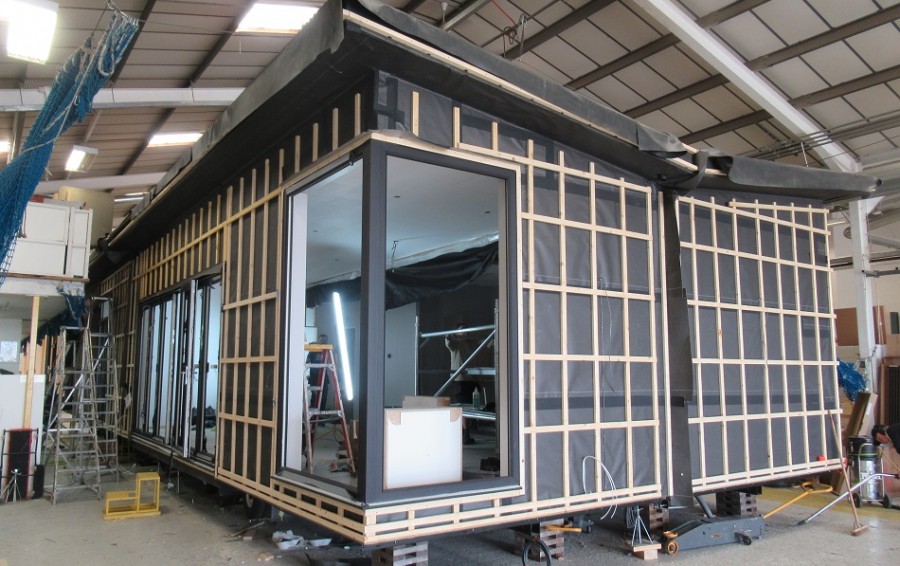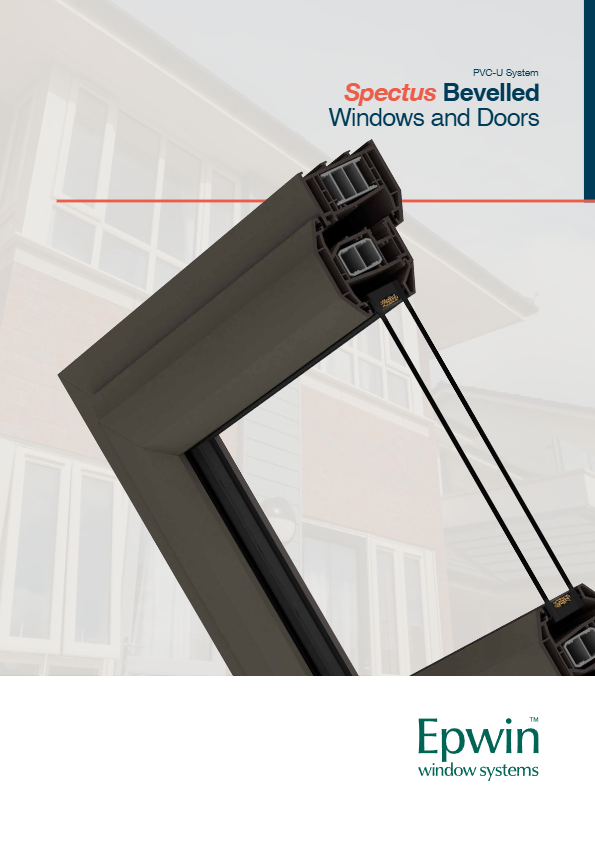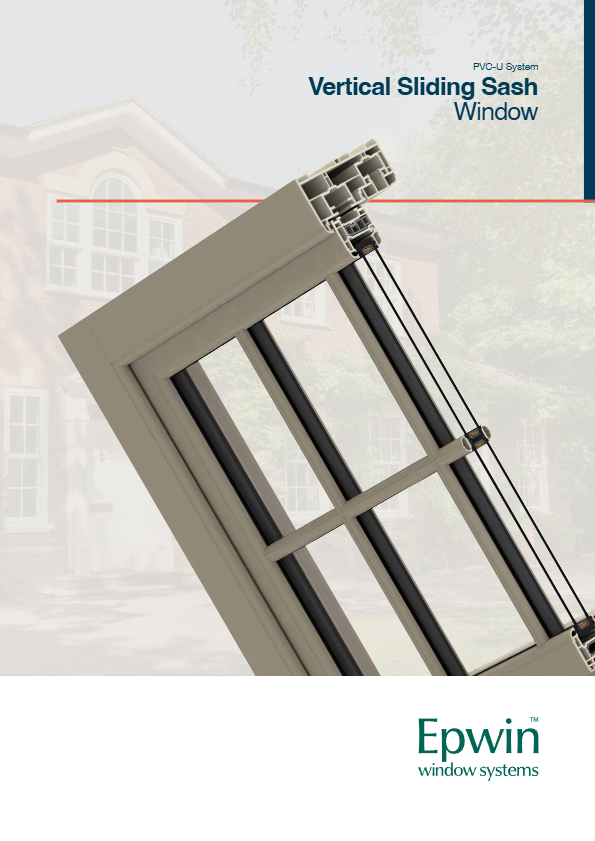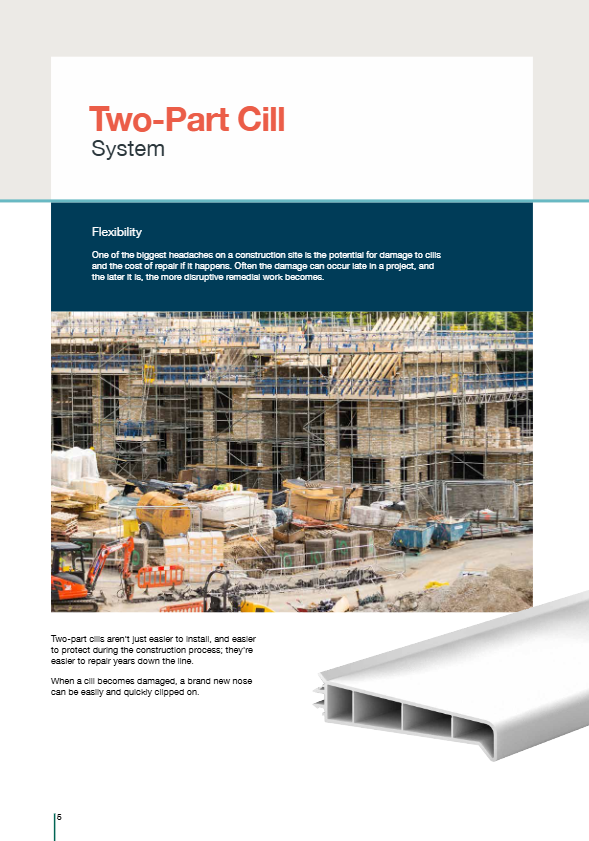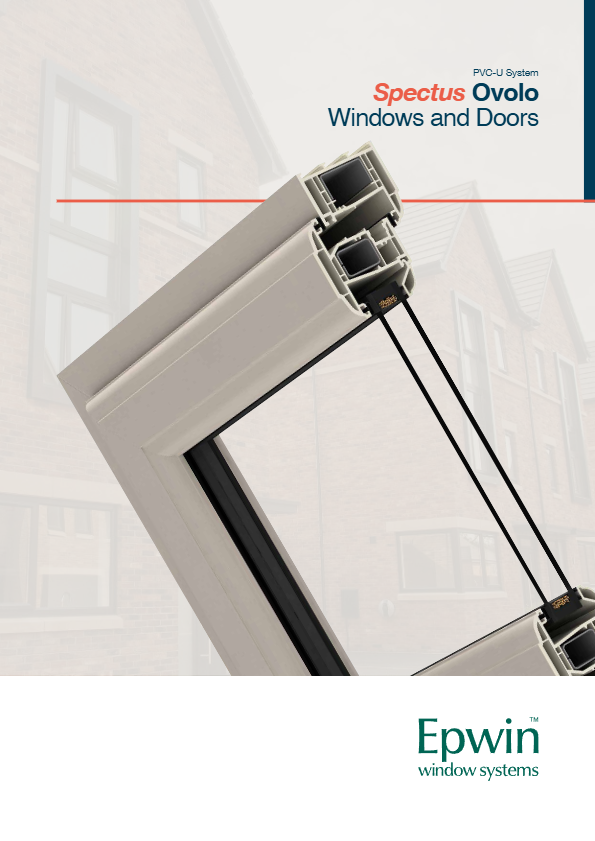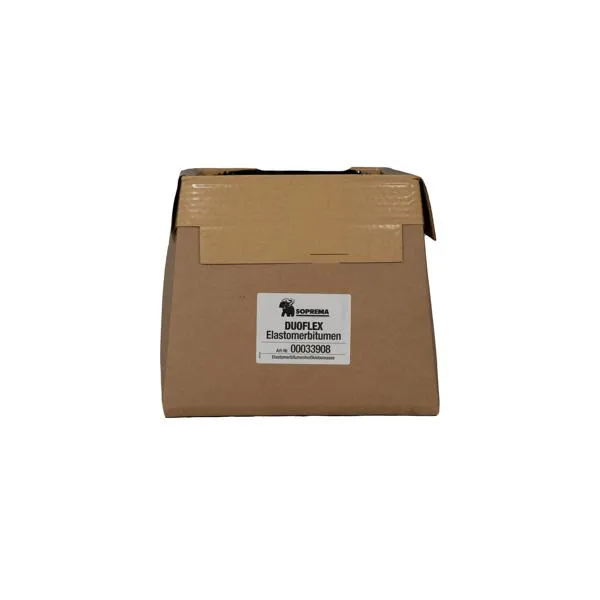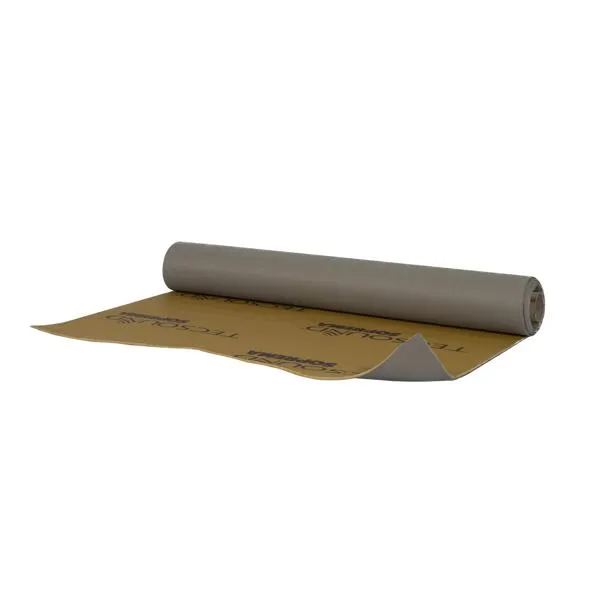The Building Engineering Services Association (BESA) has produced new guidance to address the technical challenges faced by engineers when designing building services risers.
BESA Technical Bulletin TB56/1.2 is the second in a series planned by the Association’s specialist Offsite Group and provides a snapshot of guidelines, principles, and rules of thumb to be considered as early as possible in the design process for the spatial fit of services inside risers.
The group's first document, released in March, covered service voids and horizontal distribution/modules.
This new free to download riser guide emphasises the importance of allowing adequate spatial fit for building services and provides specific advice for engineers whether they are using traditional approaches or modern methods of construction (MMC)/design for manufacture and assembly (DfMA).
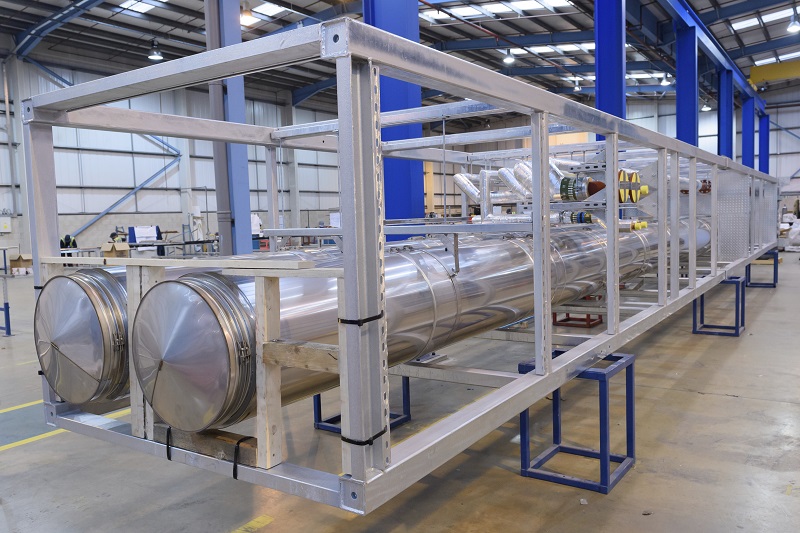
It explains the importance of planning the layout and spatial provision within risers as early as possible in the design process. It also shows how well-designed risers allow for more flexibility in building design by enabling architects and engineers to plan the layout of utilities more efficiently, accommodating the specific needs of the building and its occupants.
BESA’s guide covers types, sizes, positions, and co-ordination of riser turnouts on to floor plates, all of which need to be established no later than the end of RIBA Stage 3 as the building form and fabric will be largely set and hard to change after this point. It also emphasises the important part risers play in achieving regulatory compliance and life-safety issues like fire stopping.
“A well-planned riser strategy is vital for the efficient distribution of services and to ensure systems can be accessed easily for future maintenance and safety work,” said BESA Offsite Group chair Mark Snell. “A sensible and coherent riser strategy also helps to avoid the problems we often encounter with complex crossovers between services and congested ceiling voids.”
He pointed out that the role of risers should never be underestimated.
“Risers are essential components because they provide a vertical pathway for the efficient distribution of utilities, ensuring safety, facilitating maintenance, and allowing for adaptability to changing needs and technologies,” said Snell, who is MMC and digital director at Dalkia Engineering.
“Poor provision of risers and inadequate riser sizes will almost certainly lead to serious problems with spatial fit, compliance, and access which can create legacy and health and safety issues,” he added.
The BESA guide covers the main distribution strategies used for riser design. It emphasises the importance of early and detailed collaboration with the architect, structural engineering team, and fire engineers to ensure the riser strategy is compatible with the wider vision for the building.
Designers should validate ceiling zones, plant rooms and risers, and ensure that pinch points and spatial consideration are tested for all “rooms, routes and risers” (the three R’s), according to the document. This should include void modelling for all areas so proposals can be validated and designs co-ordinated at RIBA Stage 4.
The Offsite Group also stressed that optimising the distribution of services inside risers would help to reduce capital and running costs, as well as minimising embodied and operational carbon emissions.
“BESA’s guidance will help riser designers save space and avoid clutter allowing for a more efficient use of building space and making it easier to design and allocate areas for specific purposes,” said Snell.
“Risers also provide a pathway for future expansion or system upgrades. As technology advances or building requirements change, having well planned and co-ordinated risers becomes increasingly important.”
He added that this second free guide was “an important milestone” for the Offsite Group and expressed his gratitude for the hard work of the members in putting the guidance together.









